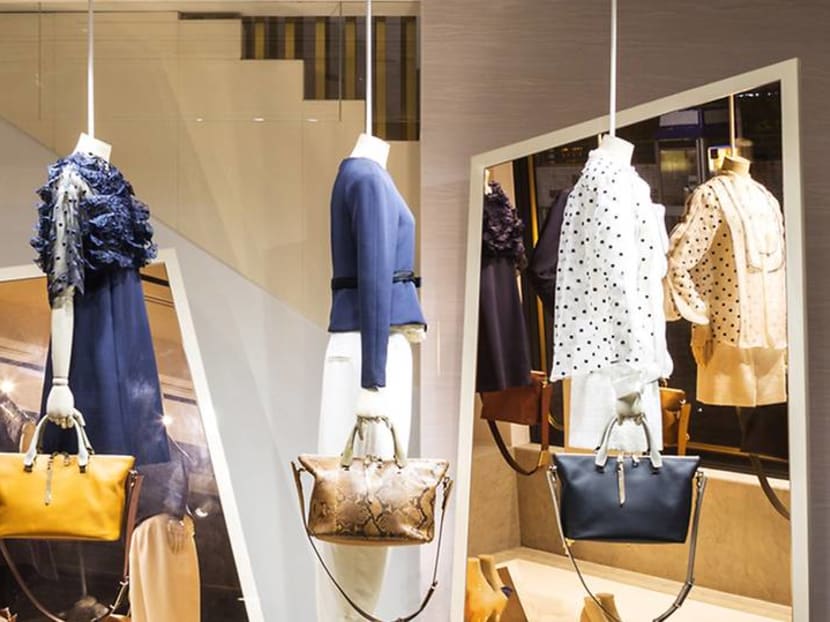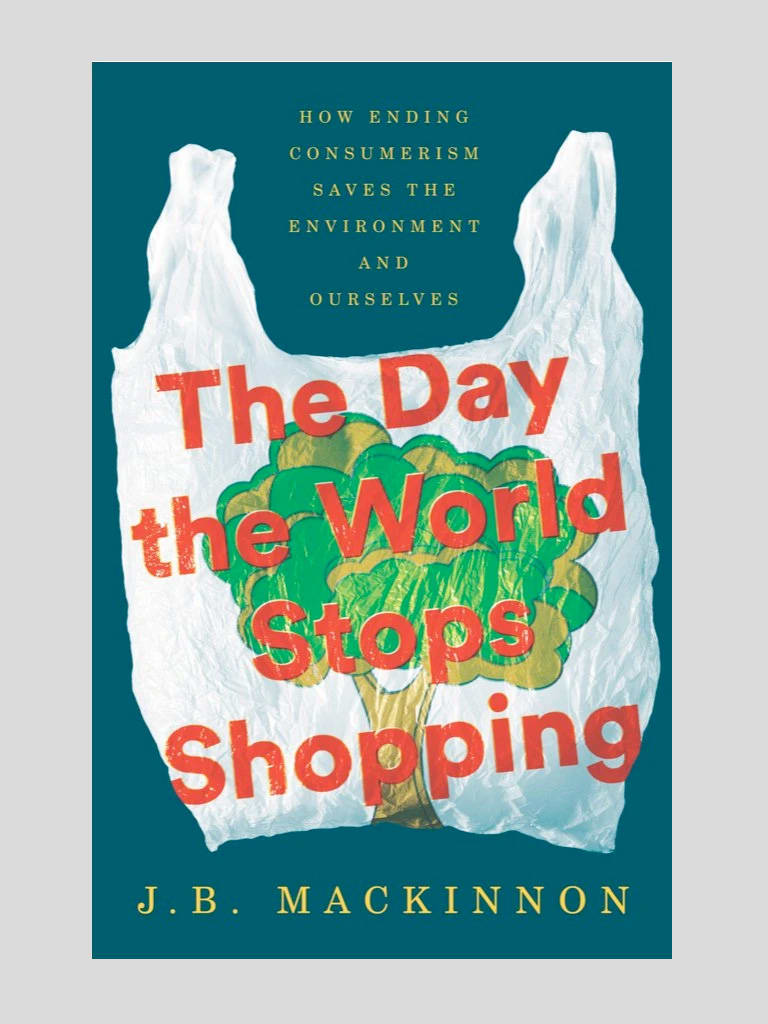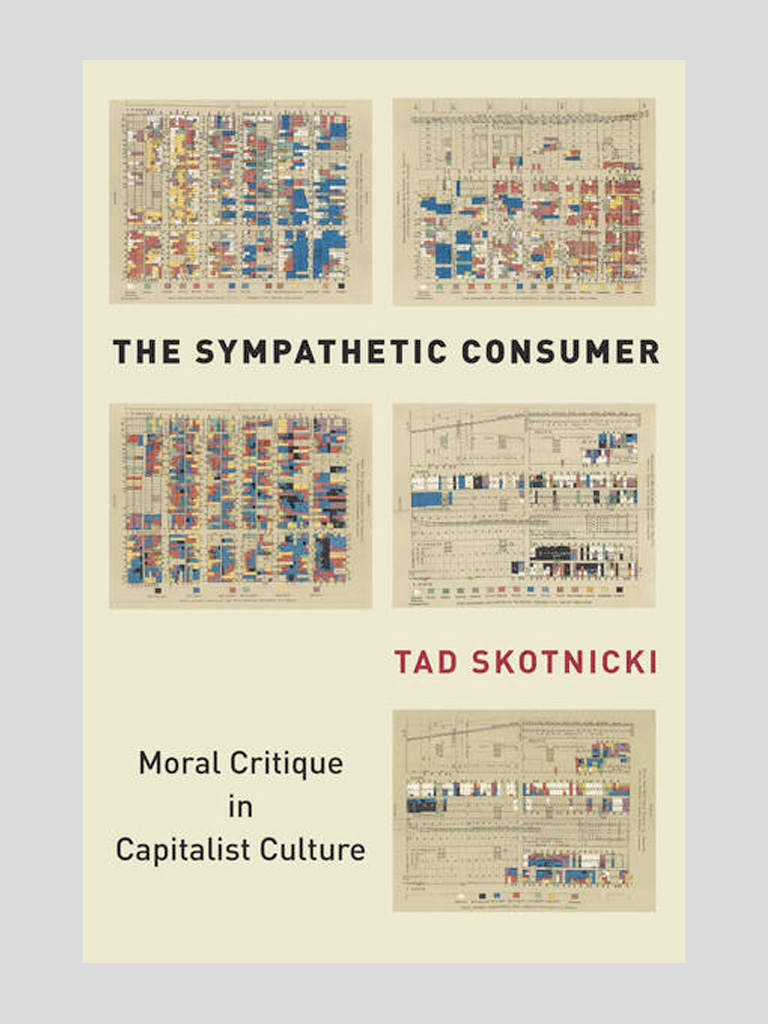‘We must stop shopping, but we can’t stop shopping’: The consumer dilemma
The world depends on personal spending as an engine to drive economic growth. That appetite is pushing the environment to a tipping point, with the Earth itself in danger of being consumed. But there are glimmers of hope.

Gaining pleasure from displaying possessions predates the industrial revolution. (Photo: iStock)
In 1890, the economist Alfred Marshall lamented the human tendency to consume too much stuff. “The world would go much better, if everyone would buy fewer and simple things, and would take trouble in selecting them for their real beauty . . . preferring to buy a few things made well by highly paid labour than many made badly by low paid labour,” he wrote in his textbook Principles of Economics.
The same sentiment was expressed two years later by a member of the Women’s Co-operative Guild, a group of activists who wanted to reset the relationship between workers and shoppers during the first wave of global capitalism. “It does seem strange when we think of it, how lightly and thoughtlessly we go out shopping, how easily we let the money slip through our fingers,” wrote “Katy”, in an essay called “Shopping”.
READ> It’s scientifically proven – we develop a taste for luxury at the age of six
There has been much anguish over the years about consumption, but little has changed. “The question of what colour in what room is consuming me,” reflected the essayist Eula Biss about buying a new house and scanning the Farrow & Ball chart. “I can’t admit to valuing paint that costs US$110 (S$149) per gallon. But I find this paint unbearably luminous.” Drinking mineral water from a cobalt-blue bottle, she admitted, “I wanted the bottle more than the water”.
Biss has a laconic honesty about her own vulnerability to the temptations of today’s consumer age. That makes a change. More often, when critics assail the status signalling behind fashion and frippery, they have in mind someone else’s bling. The sumptuary laws of the medieval and early modern ages cracked down on peasants and traders donning fancy hats and expensive robes, not to eliminate waste but to let the nobility monopolise privilege.
READ> Looking back at the 2010s: How the luxury industry embraced sustainability
So we have carried on: Buying, wearing and showing things that make us feel comfortable, or express our taste. Now, we face a crisis that goes far beyond the doubts of the past. The world depends on personal spending as an engine to drive economic growth, with no obvious alternative. Yet, as three new books illuminate in different ways, that appetite is pushing the environment to a tipping point. The Earth itself is in danger of being consumed.
The average citizen of a rich country buys 13 times as much as one in a poor country, we are using the planet’s natural resources at a rate 1.7 times faster than it can regenerate, and we order an asteroid-sized 50 million tonnes of clothing each year, the journalist JB MacKinnon recorded.
“We must stop shopping, but we can’t stop shopping: The consumer dilemma has become, quite simply, the question of whether we can sustain human life on Earth.”
Consumerism is deep in the psyche. In The Day the World Stops Shopping, MacKinnon visits a contented bushman of Namibia’s Kalahari Desert, who hunts antelope and has escaped the “harried busyness of the earn-and-spend cycle”. But potlatch, the symbolic destruction of excess wealth by some North American tribes, is a prime example of what the economist Thorstein Veblen dubbed “conspicuous consumption”. Gaining pleasure from displaying possessions predates the industrial revolution.

HOPE ON THE HORIZON
There are glimmers of hope. Capitalism is relentlessly adaptable and there is a growing market in sustainable consumption, or at least what is billed as “sustainable”. Fast fashion is now challenged by trading of vintage fashion on online stores and apps such as Vestiare Collective – backed by luxury group Kering, owner of Gucci – and Depop (recently acquired by Etsy for US$1.6 billion). Food and drink companies are competing to make “clean label” products and curb plastic packaging. The consumer juggernaut is slowly turning.
When consumers band together to force change, it can be powerful. The technique was employed by abolitionists in 18th century Britain in their campaign to halt the slave trade. Tad Skotnicki writes in The Sympathetic Consumer that consumption of sugar grew from 6lbs (2.72kg) per person to 23lbs in England by 1770 as cargo ships arrived from Caribbean plantations.
READ> With fewer going ‘green’ in a pandemic, is there a future for sustainable retail?
“We must stop shopping, but we can’t stop shopping: The consumer dilemma has become, quite simply, the question of whether we can sustain human life on Earth.” – JB MacKinnon
Rather than today’s worries about consumer obesity, abolitionists were appalled by the toll on enslaved workers. “Every person who habitually consumes one article of West Indian produce is guilty of the crime of murder,” William Fox wrote in a widely read 1791 pamphlet, calling for shoppers to boycott slave-produced sugar. Another warned that “consumers of sugar and rum, innocent or guilty, are actually the first and moving cause of all those torrents of blood and sweat that annually flow from the body of the poor African.”
The insight that consumers held power over how purchases were produced was taken up by the co-operative movement in the early 20th century to raise wages paid to store workers, and curb sweated labour. “The ‘woman with the basket’ is one of the great types of humanity . . . She is mistress of the markets of the world, for what she will not buy, men need not make nor procure,” read the Women’s Co-operative Guild manifesto.
Skotnicki, a sociology professor at the University of North Carolina, draws a parallel with modern fashion brands coming under pressure to reform their supply chains. Everlane, a US retailer, displays images and details of all the factories where its clothes are made, while Whole Foods, the organic grocery chain owned by Amazon, is what he calls “a trusted curator of virtue”. They still encourage consumption, albeit in a new guise.
It is not enough. “Nothing we have done to green our consumer appetite has been able to keep pace with how quickly that appetite is growing, to the point that unwavering dedication to greening has become peculiar, if not absurd,” wrote MacKinnon. “If we wish to lessen the harms caused by consumption, why not consider . . . consuming less?”

WHAT IF SHOPPERS REDUCED SHOPPING EN MASSE?
Good question. But it would be quite a shock to the system if implemented at the necessary scale, as he acknowledges. Sugar boycotts, or campaigns against individual companies, would have nothing on shoppers reducing spending en masse, given that personal consumption accounts for 68 per cent of gross domestic product in the US. We have evidence of what could happen from the plunge in economic activity that followed the pandemic lockdowns.
MacKinnon mounts a thought experiment: Imagine consumer spending dropping by 25 per cent, which he says would only turn back the clock a decade. He embarks on a global tour, talking to people involved in the phenomenon, including some corporate gadflies who think big on the conference circuit. They include Paul Dillinger, vice-president of global product innovation for Levi Strauss, who has not washed his own jeans for several years but “freshens them with spritzes of vodka.”
Dillinger declares that his industry is “propped up on unnecessary consumption” – and he should know. It makes sense for Levi’s to spread the idea of paying more for fewer branded jeans, given that it occupies that end of the market. The most artful purveyor of anti-consumerism is Patagonia, the outdoor clothing company that in 2011 put an ad in the New York Times on Black Friday that declared “Don’t Buy This Jacket”, detailing the environmental impact of making one. Sales duly increased.
“The Patagonia universe is one of camaraderie and achievement in wild and authentic places, populated by physically fit people who embody words like ‘soul’ and ‘spirit’,” MacKinnon wrote. Some also embody words like “rich” and “investment banker”, so paying a lot for ecological hiking gear feels like a personal carbon offset. Vincent Stanley, “a strange hybrid of marketeer and philosopher at Patagonia”, admits that it does not do too much to put off shoppers. “Our stores are beautiful and all the stuff looks great,” he told MacKinnon.
“If we wish to lessen the harms caused by consumption, why not consider . . . Consuming less?” – JB MacKinnon
Veblen would have recognised Patagonia. Conspicuous consumption has come to be identified with flashy excess but he was as scornful of his era’s organic consumer in Theory of the Leisure Class (1899). He satirised the Arts & Crafts movement, seeing its belief in artisanship as a triumph of status-seeking over utility. “The visible imperfections of the hand-wrought goods, being honorific, are accounted marks of superiority . . . Hence has arisen that exaltation of the defective.”
But Veblen addressed the psychology of consumption, not its environmental impact. Patagonia’s loyalists, and those who eat plant-based burgers or live in timber-framed houses, are showing off as much as those who drive Ferraris, but it is net positive for the planet. As MacKinnon said, a consumer strike on the scale of Finland’s severe recession of the early 1990s would not only be grim, but is unlikely. “Consumer culture has made it very, very easy to keep going back for more small pleasures.”
Karl Marx had a term for our relationships with what we buy: Commodity fetishism. “People dream with, or imagine themselves through, things,” Skotnicki wrote. Goods can be unreliable partners. “In the furniture stores we visit, I’m filled with a strange, unspecific desire. I want everything and nothing,” Biss wrote in Having and Being Had. But while she fantasises about casting off her possessions to outrun the fairy story witch, it is not her style. “I think people are what matter to me, but I spend my time on writing and my money on this house.”
Perhaps this is not such a terrible admission, provided that consumption is diverted to a greater good. The middle classes, with their luminous paints and canvas shopping bags, are in a fashion parade as surely as medieval nobles dressed in ermine robes. But they are pulling capitalism towards operating sustainably. Let us hope it changes fast enough.

By John Gapper © 2021 The Financial Times



